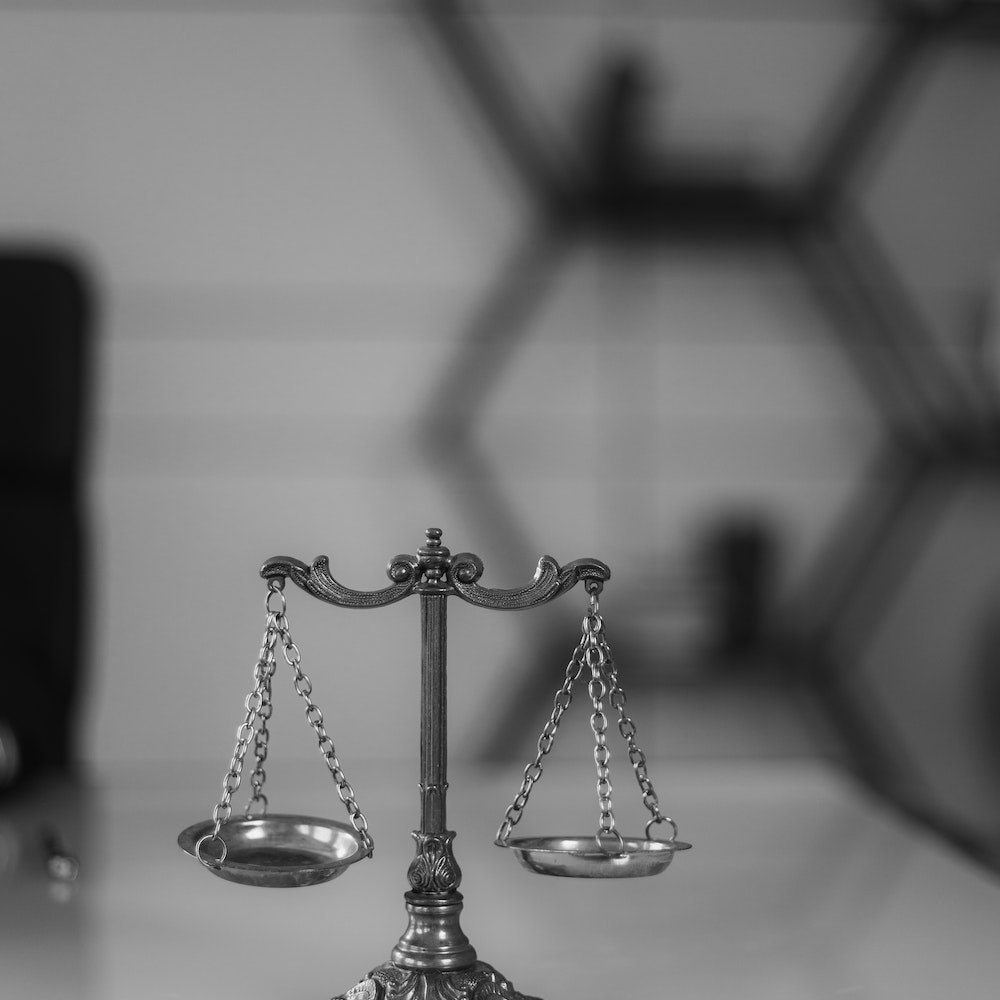Tackling each of the Process Requirements of Clause 7 in ISO 17025 to claim your Accreditation without a hitch!
The international standard, ISO 17025 outlines the fundamental criteria for laboratory testing and calibration proficiency. The requirements for the laboratory’s procedures, such as sample handling, sampling, and testing, are covered in Clause 7 of this standard.
Process requirements of Clause 7 in ISO 17025 generally include corporate processes, expectations, goals, and specifications. They may be gathered from a variety of stakeholders, including business divisions, customers, internal customers, users, and subject matter experts.
Clause 7.1 | Review of Requests, Tenders, and Contracts
Your laboratory is required by ISO 17025 to have a process in place for reviewing requests, tenders, and contracts. This process must guarantee that:
- The requirements are defined, documented, and understood;
- The laboratory has the required internal resources to meet customer and regulatory requirements;
- If external providers are used, the laboratory must meet the needs of Clause 6.6;
- The methods or procedures selected must be proper and can meet the customers’ requirements.
In cases where the method requested by the customer is unsuitable, the laboratory shall inform the customer that the method needs to be revised or updated. Furthermore, the laboratory must clearly define the decision rule whenever a customer requests a statement of conformity to a specification or standard. If outside the standard, it should be communicated and agreed upon in writing by the customer.
Any deviations between the request or tender and the contract shall be communicated to the customer and resolved before the commencement of the activities. When the customer requests a variation to the agreement, these should not affect the integrity of the organization or the results. All changes, communication, and reviews must be retained, including significant changes to the contract and/or results.
Clause 7.2 | Selection, Verification, and Validation of Methods
Clause 7 also states that the laboratory must have a procedure for handling nonconforming test findings. This procedure must contain a method for finding, analyzing, and documenting nonconformities as well as steps to rectify and prevent them.
To further read about Clause 7.2 of the ISO 17025 standard, please click here.
Clause 7.3 | Sampling
ISO 17025 requires all laboratories and organizations to have a sampling plan backed with proper statistical methods to ensure a good representative sample for testing and calibration. To ensure the validity of subsequent testing, the laboratory must assess the sampling procedures, address the factors that need to be controlled, and confirm that the sampling plan and method are available at the location where sampling is being done. It is essential to sample only by utilizing proper statistical techniques.
The sampling methods should include:
- Factors to be controlled, such as temperature or time to ensure the validity of testing;
- Selection of samples or sites;
- Sampling plan and any specific requirements for collection;
- Preparation and treatment if samples, e.g. preservation requirements or samples container.
When the laboratory is sampling, appropriate records of samples must be kept at all times. These records must include:
- Reference to the sampling procedure
- Date and time of sampling
- Information to find and describe the sample (e.g. sample point)
- Name of personnel doing the sampling
- Reference to any equipment used (e.g. thermometer, chlorine comparator, on-site test kits)
- Environmental or transport conditions (temperature and time)
- Site plan to find sampling point if applicable
- Comments for deviations
Clause 7.4 | Handling of Test or Calibration Items
The laboratory shall document a procedure for the transportation, receipt, handling, protection, storage, retention, and disposal or return of the sample.
The laboratory also needs to have a procedure to identify and trace test and calibration items throughout the laboratory process, including during storage and transportation. Suppose the laboratory is unable to perform the test or calibration as requested. In that case, they must notify the client and take appropriate action to ensure that the test or calibration item is returned in a suitable condition. This is needed to ensure that the integrity of the test or calibration item is maintained and that the test or calibration results are accurate and reliable.
The crucial aspect is the storage of samples. Although traceability plays a key role, one must attest that the samples, under storage, are not being degraded from the original form, thus affecting the analysis needed. If any sample is to deviate from specified conditions, records shall be kept, and the customer informed.
Clause 7.5 | Technical Records
Clause 7.5 of ISO 17025 states the requirements for all technical records.
In order to facilitate, if at all feasible, the identification of components affecting the results and its associated measurement uncertainty, it is the laboratory’s duty to make sure that technical records for every one of the lab’s activities include results, a report, and information. The organization must also make it possible for laboratory activities to be repeated under circumstances that are as similar to the original as possible.
The date and the names of the people in charge of lab activities must be listed in your records. Records should be kept in their original form, contain the original observations, data, and calculations, and be kept contemporaneously. If adjustments are made, it is necessary to compare them to earlier iterations or the initial observations.
Clause 7.6 | Evaluation of Measurement Uncertainty
Measurement uncertainty exists in every measurement, and as an ISO 17025 accredited laboratory, it is your job to understand where this comes from and what its repercussions are. Measurement uncertainty needs to be taken into consideration during the validation of processes. When dealing with uncertainty, all significant contributions must be considered, e.g., sampling, sample measurement, and equipment uncertainty.
Any calibration being done in-house on any equipment must have its measurement uncertainty evaluated. Standard methods may include measurement uncertainty, and organizations may not need to re-calculate the uncertainty, provided that the organization can prove that the identified critical influencing factors are under control, e.g., the temperature during a reaction or pressure during balance calibration.








